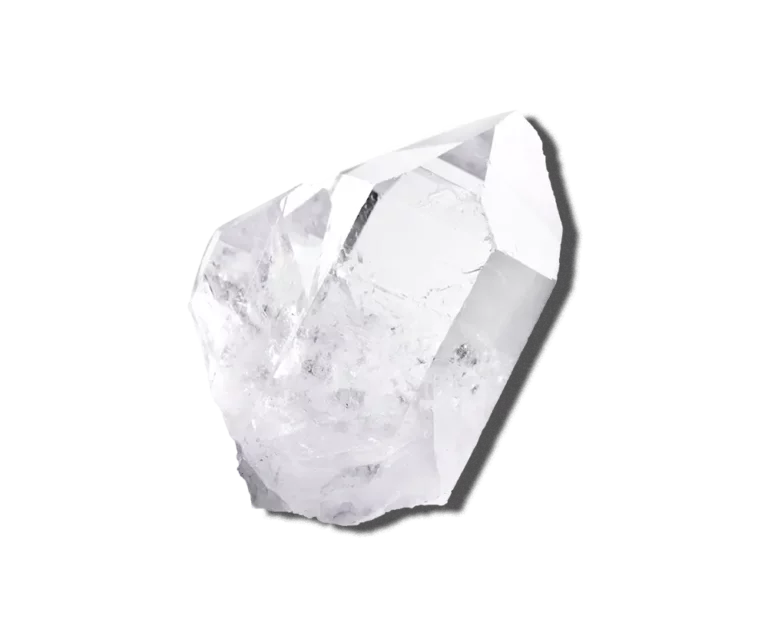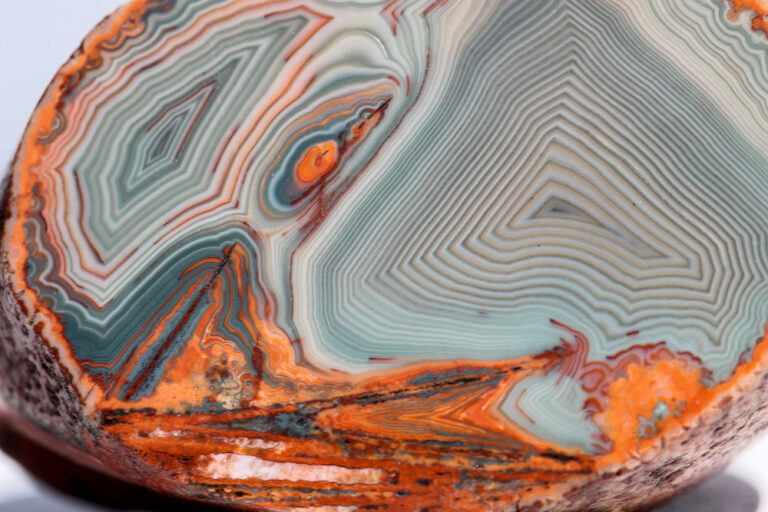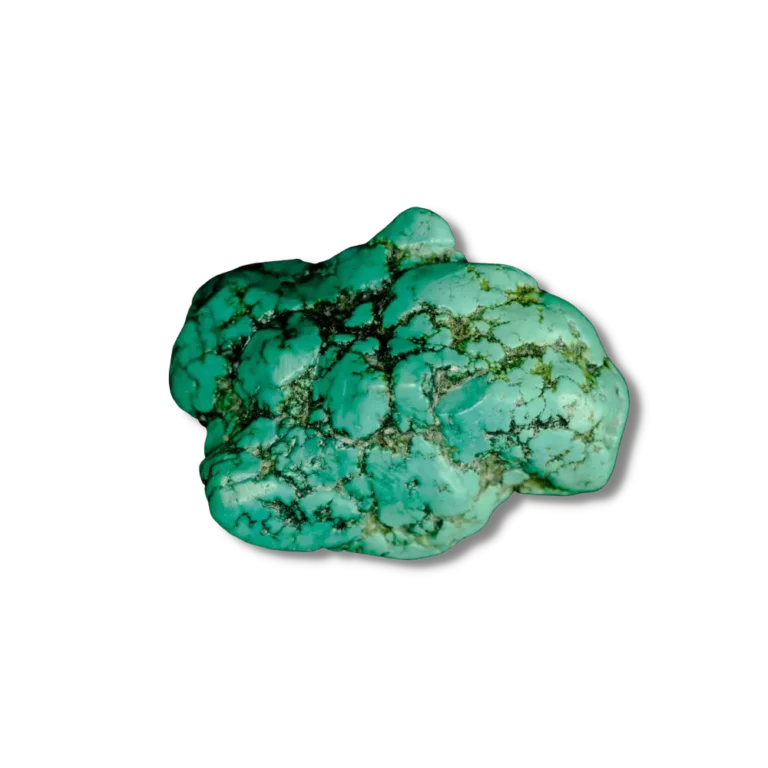The Vibrant Journey of the Blue Heart Diamond: From Discovery to the National Gem Collection
In the year 1908, nestled in the rich diamond deposits of the Premier Mine in South Africa, a remarkable stone was unearthed. This wasn’t just any diamond, but a raw 100.5-carat stone of distinct blue color. The Premier Mine, recognized worldwide for its prolific diamond production, had birthed a gem of unique character, forever to be known as the Blue Heart Diamond. This sparkling gem was enthralling in its raw state, yet its true beauty was yet to be revealed.
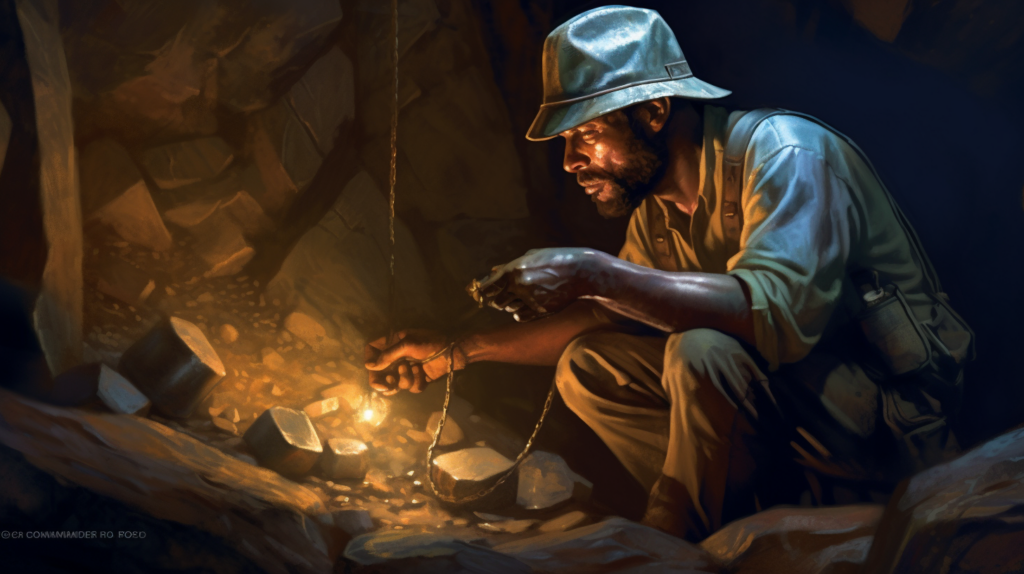
In This Article
Blue Heart Diamond: Heart-shaped Blue Diamond
The next chapter in the life of the Blue Heart Diamond took it on a journey to France. Here, the skilled Parisian diamond cutter Atanik Eknayan was tasked with the complex process of revealing its full splendor. After months of meticulous work, the Blue Heart Diamond emerged, transformed from its rough state into an impeccably faceted heart-shaped blue diamond. Weighing 30.62 carats, this uniquely shaped gem captured the hearts of all who encountered it, cementing its place in diamond history.
Pierre Cartier’s Acquisition and the Lily-of-the-Valley Necklace

Pierre Cartier, the trailblazing jeweler and businessman, recognized the singular beauty and potential of the Blue Heart Diamond. Purchased in 1910, he incorporated the heart-shaped gem into an elegant lily-of-the-valley necklace, flanked by white diamonds. This striking piece beautifully showcased the Blue Heart Diamond, its striking blue hue contrasting against the pure white of the surrounding stones. Thus began the Blue Heart Diamond’s journey into the world of high-end jewelry, setting a path for its vibrant future.
The Journey and Ownership History of the Blue Heart Diamond
Ownership by the Unzue Family and Angela Gonzalez Alzaga
In 1911, the stunning Blue Heart Diamond was sold to the wealthy Unzue family of Argentina. The heart-shaped beauty became a treasured wedding gift to Angela Gonzalez Alzaga, as a symbol of eternal love from her groom. The diamond remained a cherished family heirloom for the next four decades, its unique blue hue a conversation starter at many an extravagant gathering.
Acquisition and Redesign by Van Cleef & Arpels
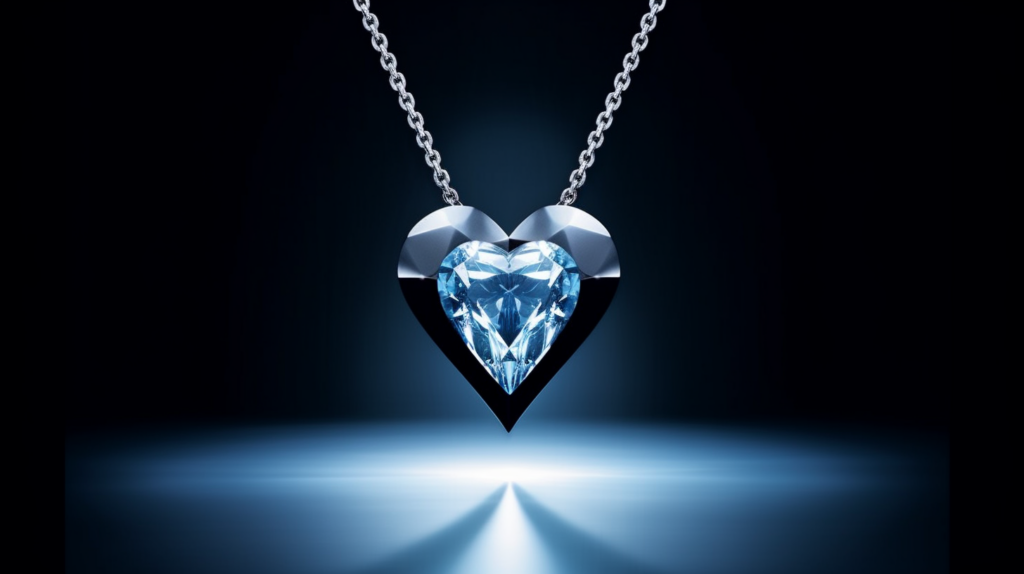
In 1953, the prestigious jewelry house of Van Cleef & Arpels managed to acquire the Blue Heart Diamond. A testament to their innovative design approach, they recast the gem from its lily-of-the-valley necklace setting into a breathtaking pendant. Coupled with 25 stunning diamonds, the pendant was a dazzling spectacle that further accentuated the allure of the Blue Heart.
The Baron and the Blue Heart
The next custodian of the Blue Heart Diamond was a Swiss industrialist, Baron Hans Heinrich Thyssen-Bornemisza. The Baron, known for his expansive art collection, bought the Blue Heart Diamond in 1959, adding a touch of sparkling elegance to his assortment of prized possessions.
The Blue Heart in the Hands of Harry Winston
The Blue Heart Diamond’s journey continued as Harry Winston, Inc. acquired the precious stone in 1959. Known for their exquisite craftsmanship, they embellished the gem in a platinum ring setting, showcasing the heart-shaped diamond in a simple yet elegant design.
Marjorie Merriweather Post’s Generosity
Marjorie Merriweather Post, the renowned socialite and philanthropist, was the next owner of the Blue Heart Diamond, purchasing it in 1960. Her love for beautiful things was matched only by her large-hearted generosity. She donated the Blue Heart Diamond to the National Gem Collection at the Smithsonian Institution in 1964, thus making this unique gem a national treasure to be admired by all.
The Rarity and Value of the Blue Heart Diamond
The Unique Features of the Blue Heart Diamond
The Blue Heart Diamond is a spectacle to behold. Its unique heart shape contributes to its allure, but it’s the vibrant blue color that truly sets it apart. In contrast to other famous diamonds like the Hope Diamond, the Blue Heart is smaller in size but equally captivating. The way the light dances off its facets and amplifies its blue hue can only be described as enchanting.
Gemological Institute of America’s Grading
The Blue Heart Diamond’s exceptional quality is confirmed by the Gemological Institute of America (GIA). The GIA has graded this mesmerizing gem as a natural fancy deep blue diamond with a clarity grade of VS-2. This grading is testament to the Blue Heart Diamond’s visual appeal and structural quality, increasing its desirability among gem enthusiasts and collectors.
The Science Behind the Blue Hue
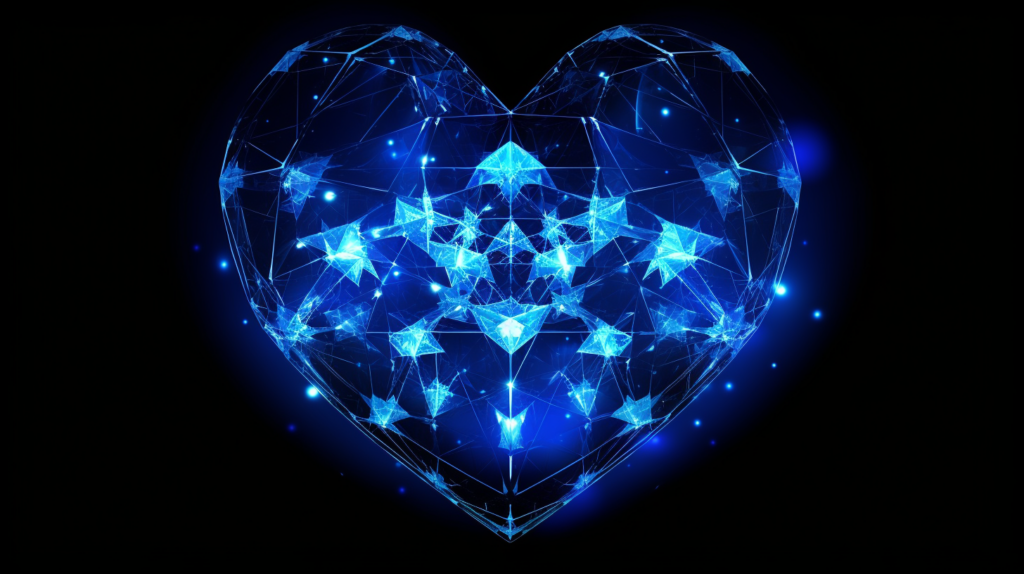
At the heart of the Blue Heart Diamond’s captivating hue is a fascinating bit of science. This gem owes its blue color to the presence of boron within its crystal structure. When light strikes the surface of the diamond, the boron atoms absorb certain wavelengths of light, resulting in the emission of a deep blue hue. This scientific phenomenon adds a touch of magic to the allure of the Blue Heart Diamond.
The Blue Heart Diamond’s Place Among Other Famous Diamonds
The Blue Heart Diamond firmly holds its place in the pantheon of famous and valuable diamonds. Its rich history, combined with its stunning appearance and rare color, makes it a favorite topic among gemologists, historians, and diamond enthusiasts. The Blue Heart Diamond’s place in the National Gem Collection further cements its status as one of the world’s most prized gemstones.
The Blue Heart Diamond Today
The Blue Heart Diamond in the National Gem Collection
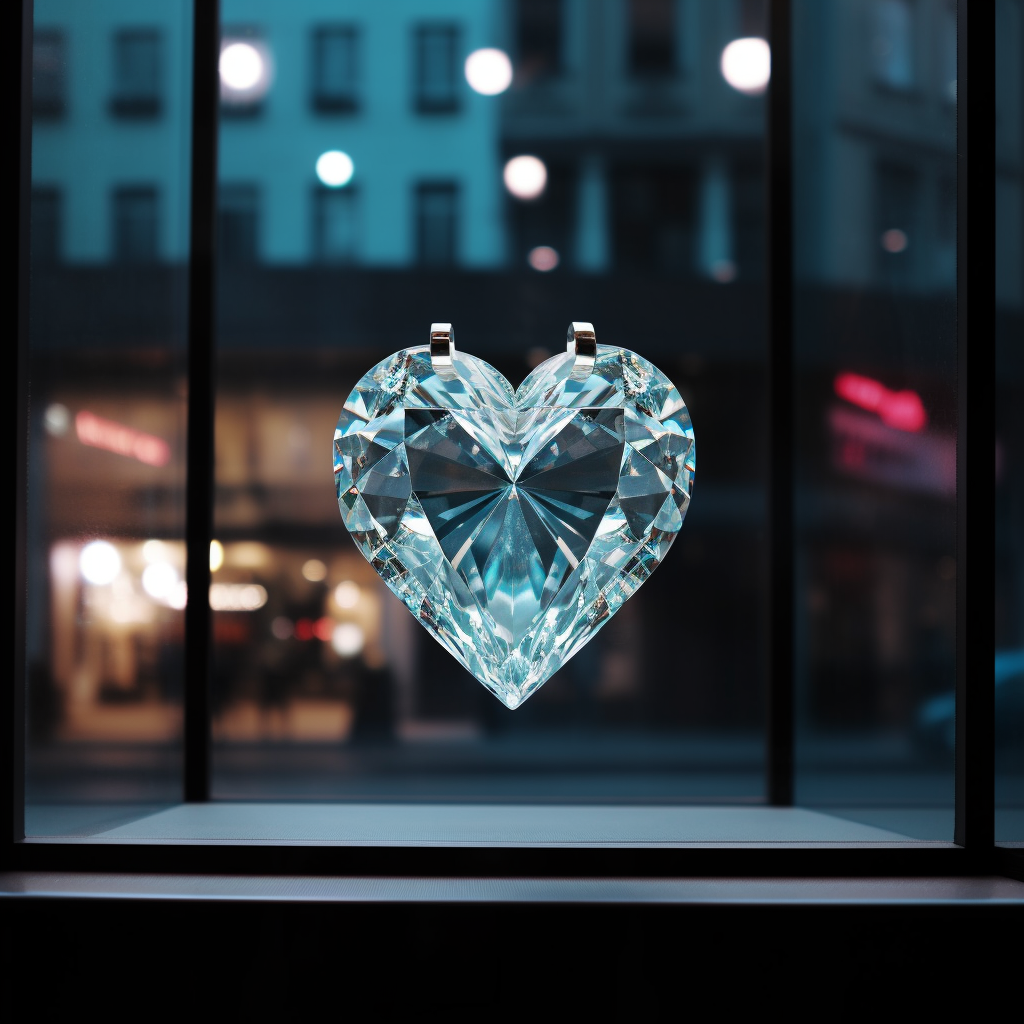
Today, the Blue Heart Diamond sits among the crown jewels of the National Gem Collection at the Smithsonian Institution. Its heart shape and deep blue hue continue to charm and fascinate visitors from around the globe. Encased in glass, its radiance and allure are timeless, drawing countless eyes to its unique beauty.
The Symbolism of the Blue Heart Diamond
The Blue Heart Diamond is more than just a gem—it’s a symbol of rarity, beauty, and enduring luxury. Its vibrant hue and unique shape captivate audiences, embodying love and passion. Its journey through the hands of aristocrats, jewelers, and collectors worldwide reflects its enduring allure.
The Blue Heart Diamond’s Legacy
The legacy of the Blue Heart Diamond extends beyond its physical features. Its transformation from a rough stone into a stunning, heart-shaped gem continues to serve as an inspiration in the gemstone world. Its storied past and the role it plays in the National Gem Collection only further solidify its continued fascination for collectors, jewelers, and gem enthusiasts alike. The Blue Heart Diamond, with its captivating beauty and remarkable history, will forever remain a symbol of the magical wonder of nature’s creations.
Frequently Asked Questions (FAQs)
When and where was the Blue Heart Diamond first discovered?
he Blue Heart Diamond was discovered in the Premier Mine in South Africa in 1908.
Who transformed the rough stone into a heart-shaped blue diamond?
The faceting process was conducted by Atanik Eknayan, who transformed the rough stone into a beautiful heart-shaped blue diamond.
What makes the Blue Heart Diamond unique and valuable?
The Blue Heart Diamond is known for its unique heart shape, vibrant blue color, and its size compared to other famous diamonds such as the Hope Diamond. It’s graded by the Gemological Institute of America as a natural fancy deep blue diamond with a clarity grade of VS-2. The blue color is a result of trace amounts of boron in its crystal structure.
How did the Blue Heart Diamond end up in the National Gem Collection?
The Blue Heart Diamond was purchased by Marjorie Merriweather Post, who generously gifted it to the National Gem Collection in 1964.
What does the Blue Heart Diamond symbolize today?
Today, the Blue Heart Diamond is a symbol of beauty, rarity, and luxury. It continues to captivate people worldwide with its enduring popularity in the National Gem Collection and its significant impact on the gemstone world.


